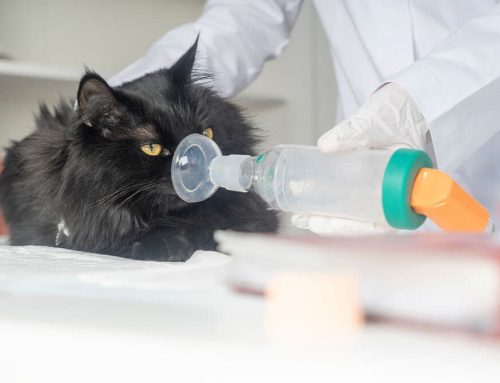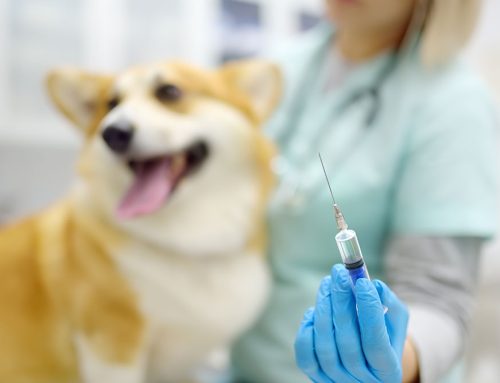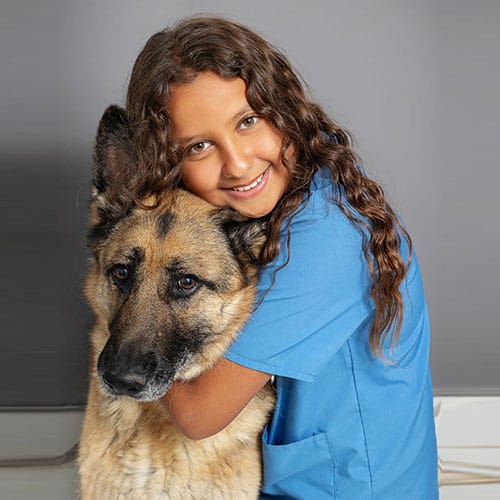Determining when to say ”Goodbye” to your pet is one of the most challenging and complex decisions you’ll ever make, and you will understandably struggle no matter the circumstances. Your emotions and those of your family and friends often mingle with what is best for your pet, and your furry pal’s physical and mental health are usually complicated. Knowing when to say “Goodbye” to your pet is heart-wrenching because they can’t tell you, “It’s OK, I’m ready.” Since our Twin Lakes Veterinary Hospital team regularly hears the question, “How will I know when it’s time to say ’Goodbye’?” we are providing you with guidelines and thoughts on making this difficult decision.
If you’ve had to make this decision before, you know that, ultimately, compassionate euthanasia is a gift that ends your pet’s suffering, providing them with a peaceful passing. We want to ensure that you know our team is always available to support you as you plan to help your pet remain calm and pain-free during their remaining time with you.
Every pet, illness, and situation is different
Sometimes, your pet experiences a medical crisis, and deciding to end their suffering is the appropriate action. However, if your pet is battling a known disease, such as cancer or degenerative myelopathy, you may benefit from asking our veterinarian about the specific disease process and what your pet may face in the future. You can also seek input from a trusted friend or family member who is not so emotionally involved and can give you perspective on what your pet needs. Every pet, illness, and situation is different.
Your pet’s basic needs
When considering your pet’s end-of-life care, you need to ask yourself some crucial questions to ensure you’ve got your pet’s best interests at heart. You should consider your responses to these questions:
- Physical needs — Are my pet’s physical needs being met? Are they eating and drinking water without assistance? Can they eliminate without assistance? Is my pet grooming themself and making an effort to stay clean?
- Emotional needs — Are my pet’s emotional needs being met? Are they happy and content, or are they anxious all the time?
- Social needs — Are my pet’s social needs being met? Are they able to be an active part of family life? Can they do what they most enjoy, such as eat, play ball, perch on their cat tree, and socialize with their loved ones?
Pain and suffering in pets
Pets are masters at hiding pain, and you need to determine whether your pet is suffering. Your pet may be in pain if they exhibit the following signs:
- Hides and avoids human interaction
- Trembles or shakes
- Cries out or whimpers spontaneously or when touched
- Avoids moving around or is reluctant to get up
- Diminished appetite
- Not grooming regularly
- Has difficulty sleeping or resting
These signs’ increasing frequency or severity indicate that your pet’s pain needs to be addressed. Mild or moderate pain can be addressed by our veterinarian with medications and other therapies, but if pain symptoms persist with treatment, you should consider compassionate euthanasia.
Assess your pet’s quality of life
Once you’ve determined whether your pet’s basic needs are being met, you can begin to assess their quality of life. Being able to assess your pet’s quality of life can be challenging, and you may decide to keep a quality-of-life journal, which can be valuable in evaluating your pet’s behavior changes, eating habits, and overall condition over time. However, we most often recommend that pet owners use a comprehensive quality-of-life assessment, many of which are accessible online. To remain objective about your pet’s condition, you can track their quality of life aspects using a daily, weekly, or monthly scale as their condition changes. Consider using the HHHHHMM scale at Pawspice.com, which was developed by the veterinary oncologist Alice Villalobos. Consider these quality of life factors:
- Hurt — Is your pet in pain?
- Hunger — Is your pet eating well?
- Hydration — Is your pet well hydrated? Are they always thirsty because of disease?
- Hygiene — Does your pet keep themselves clean? Do they groom themselves?
- Happiness — Is your pet responsive to household activity, or are they depressed and isolated?
- Mobility — Can your pet get around independently?
- More good days than bad — When tracking your pet’s days, are they having more good days or more bad days?
You know your pet best

Unfortunately, no clear sign usually appears that helps you know when to say “Goodbye” to your pet. Sometimes your own physical, financial, and emotional resources impact your ability to care for your pet nearing the end of their life. Our Twin Lakes Veterinary Hospital veterinarian is a trusted resource for explaining your pet’s disease and guiding you on your furry pal’s quality of life. In addition, your friends and family can help you objectively consider your pet’s care options. Ultimately, you know your pet the best, so trust your instincts to tell you that your pet’s suffering needs to come to an end.
Pets live in the present moment. They don’t spend time thinking about the good days behind them or pondering what they might do with more time. All they know is how they feel right now. By understanding pets’ perspective, you see life through their eyes, and your furry pal’s outlook is the most important consideration to keep in mind. If you need help making end-of-life decisions for your pet, contact our Twin Lakes Veterinary Hospital team.























Leave A Comment